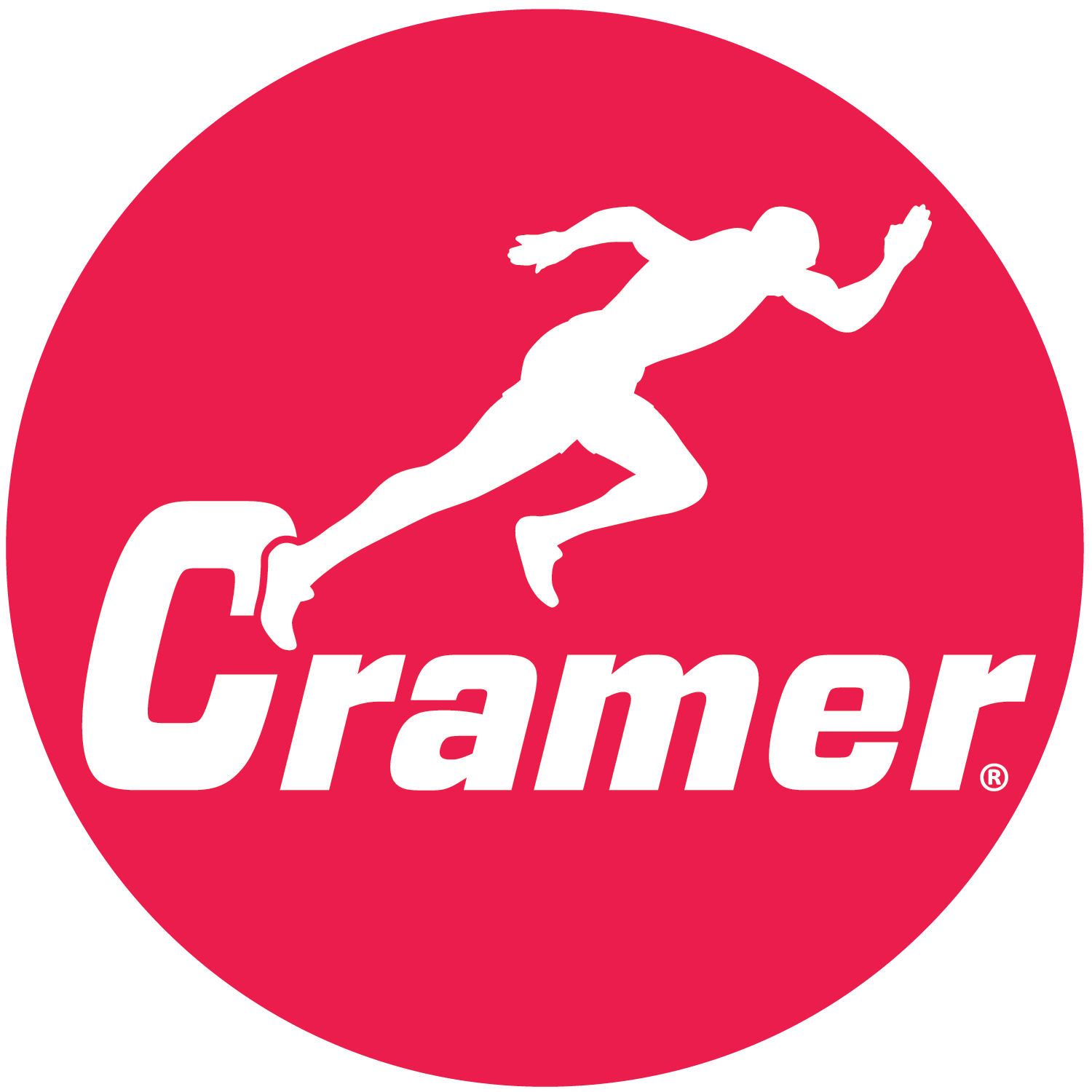
Understanding the roles of everyone involved in getting the athlete from rehab to performance is imperative to best meet the needs of the athlete. Read More
As the concussed athlete’s advocate, you’re in the position to make a huge impact on their recovery. Don’t miss the opportunity to do so. It can change their life, and yours. Read More
Are you following the best evidence in managing ankle sprains? New clinical practice guidelines tell us what works and doesn’t work for ankle sprain prevention, diagnosis, and treatment. Read More
Are your athletes getting the benefits of an ultrasound treatment? Athletic trainers need to be aware of the specific dose parameters for appropriate tissue heating using ultrasound, and how to get the most out of soft tissue treatments. Read More
In recent years, therapeutic modalities have become a controversial topic. Some of the criticisms are valid and have caused us to rethink how we use these interventions, while others are examples of generalizations that are not evidence-based. The largest criticism of therapeutic modalities is when they are used as passive stand-alone treatments. Clinical experience and the research have indeed demonstrated limited value when therapeutic modalities are not appropriately integrated into a comprehensive treatment plan. The focus of this article is to demonstrate an evidence-based approach to neuromuscular electrical stimulation (NMES) as an addition to standard care for post-operative quadriceps inhibition and weakness.
Read More
More than half of college football athletes participating in the 2015 NFL Combine had inadequate levels of vitamin D, and this left them more susceptible to muscle injuries, according to a study at New York City’s Hospital for Special Surgery (HSS). Read More
A new automated method of sports analytics, based on deep learning techniques, has been developed by researchers at Disney Research, California Institute of Technology, and STATS, a supplier of sports data. With the new method, detailed game data on player and ball positions is analyzed to create “ghost” models of how a typical player in a league or on another team would behave when an opponent is on the attack. It is then possible to visually compare what a team's players actually did during a defensive play versus what the ghost players would have done. Read More
The NATA has published a new position statement on dental and oral injuries. The statement, “Preventing and Managing Sport-Related Dental and Oral Injuries,” appears online in the Journal of Athletic Training, NATA’s scientific publication.
The number of high school and collegiate athletes in competitive sports is currently estimated at 7.2 million. As that number continues to grow, injuries increase as well, including those that are dental and oral-related. Read More
Researchers at the National Institutes of Health found that the blood protein tau could be an important new clinical biomarker to better identify athletes who need more recovery time before safely returning to play after a sports-related concussion. The study, supported by the National Institute of Nursing Research (NINR) with additional funding from the Eunice Kennedy Shriver National Institute of Child Health and Human Development, was published online in the January 2017 issue of Neurology, the medical journal of the American Academy of Neurology.
Runners who consistently log high mileage show more neuromuscular changes that improve running efficiency than their low-mileage counterparts, according to researchers. Find out what the researchers have concluded! Read More
